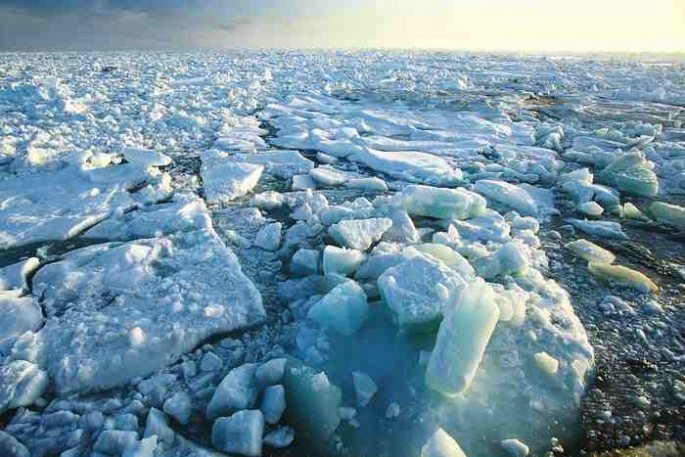A new study reveals some surprising findings that Arctic ice apparently increased buy one third in 2013 despite rising global temperatures and climate change.
This was caused by a cooler than usual summer season in the north polar region that may have driven this increase in ice volume. This new finding can also suggest how fluctuating temperatures even during summer months can have surprising and significant impacts on total ice deposits.
Even if there was this short term gain in ice volume since 2013, scientists are still wary that global warming still continues to affect the region, melting ice sheets in the decades to come. Past studies have shown that over the last 30 years, the Arctic is the fastest warming region in the world where satellite images reveal that already 40 percent of sea ice that cover the region have disappeared in the last 35 years.
According to Rachel Tilling from the University College London, the team studied various climate factors such as wind convergence, snow loading and melt season duration of that particular summer at the Arctic. The findings revealed that the melt season length was the most relevant link to this event since it was also the coolest summer in five years that is why multi year ice remains.
European Space Agency's CryoSat satellite had collected data in a span of five years measuring sea ice depth in order for climatologists and scientists to understand further climate change and how it is affecting the region. During 2010 to 2012 sea ice deposits disappeared by 14 percent according to researchers however, the following year, there was an increase of 33 percent and an additional 25 percent in 2014.
Tilling adds that before the CryoSat-2 was launched, estimates and measurements were not as precise when it comes to Arctic ice volume since pack drifts cannot be measured from across the entire region. However, with new maps from satellite data, the ice extent and thickness can now be measured completely and reveal the activity underneath the ice.
This new study is published in the journal Nature Geoscience.



























